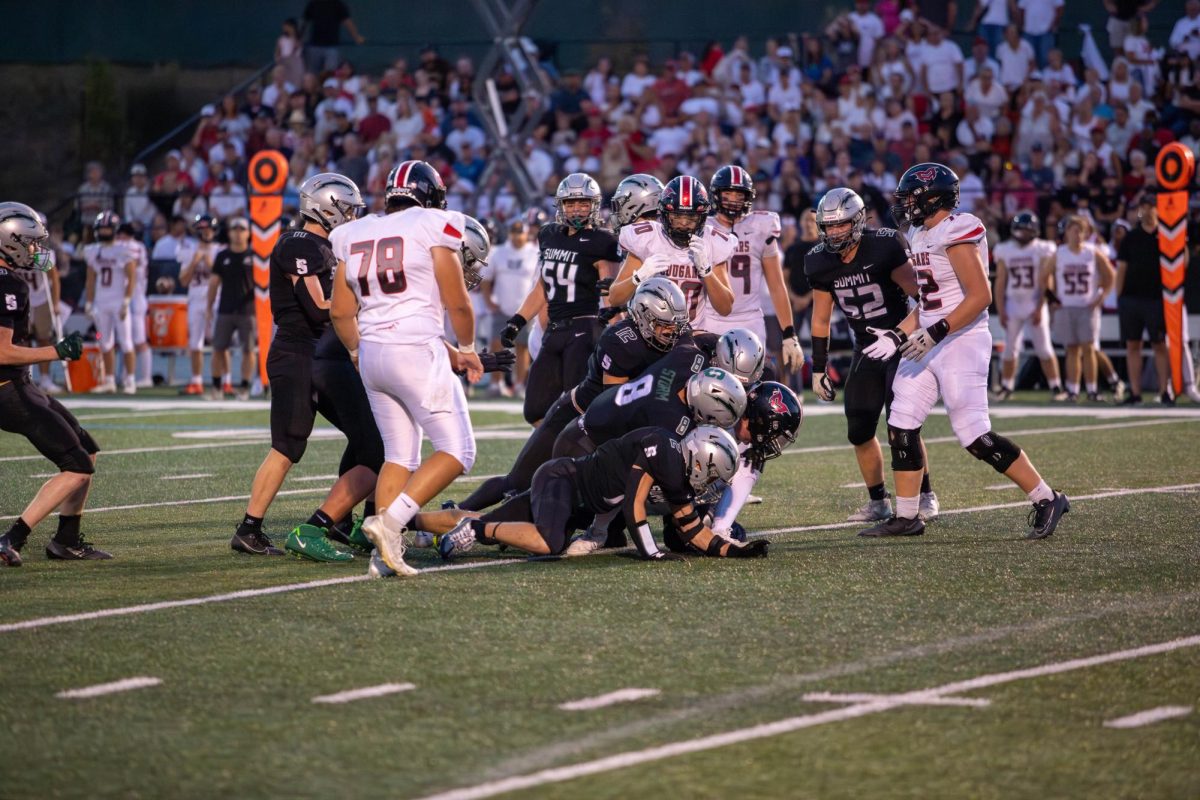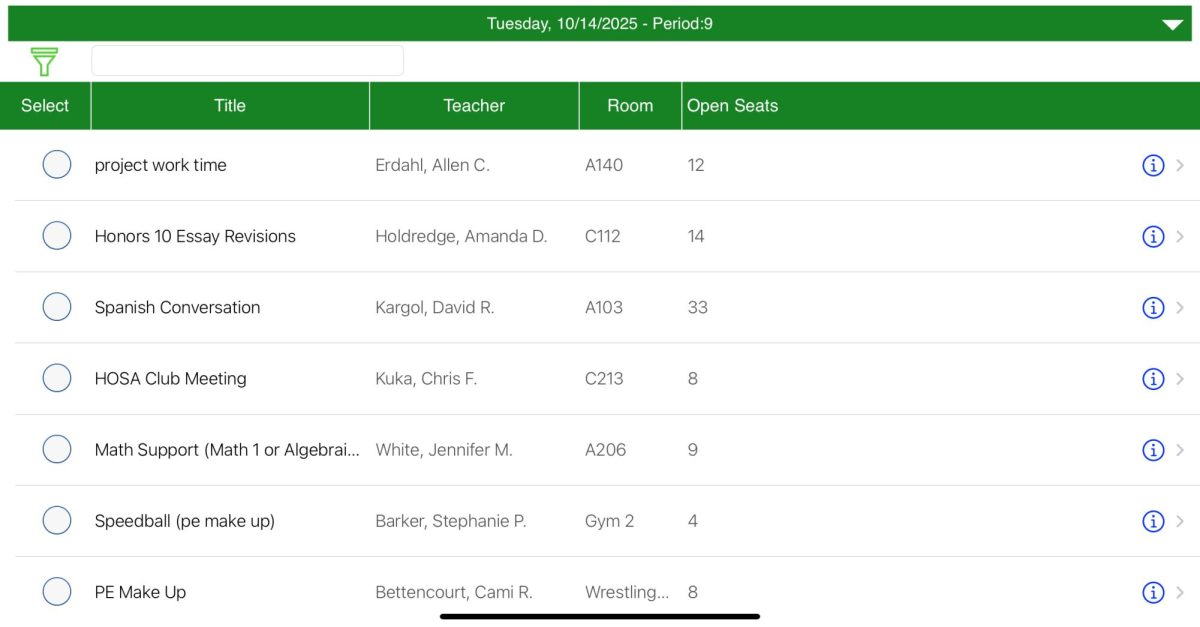Since its inception in 1915, the Pac-12 Conference has been a staple of West Coast collegiate athletics, comprising 12 western schools. However, as of next season, the conference is down to just two members who are both looking for a way out.
The exodus began with USC and UCLA on June 30, 2022 when both schools announced their departure from the conference, to join the Big 10 starting in the 2024-25 school year. Their decision came from the lack of an agreement on a new TV contract for the conference. TV contracts act as the primary source of funding for many schools’ athletic programs. After those announcements, it looked like the conference was going to simply return to being the Pac-10, as it existed from 1978 to 2011.
However, as the 2022-23 school year came to a close, there was still no contract for any teams. On media day for the 2023-24 school year, season commissioner George Kliavkoff offered no new information stating only that “We’ll get our media rights deal done, we’ll announce the deal.” In the wake of the further postponement of a deal, the University of Oregon and University of Washington left to join the Big 10, while the University of Arizona, Arizona State and the University of Utah followed Colorado to join the Big 12.
As a last ditch effort, the Pac-12 presented a deal with Apple TV that failed to win over the exiting schools, and possibly lead to the exit of UC Berkeley and Stanford. After the jumble, only Washington State and Oregon State remained.
The Big 10’s TV contract pays 80 to 100 million dollars to each school, according to USA Today. Without a contract, athletic programs lose out on a major source of revenue, leading them to draw from money that would likely go to academic efforts, or cut funding altogether. For example, Oregon State and Washington State both underwent massive upgrades to their football facilities, funded by TV contract payments.
The grass isn’t necessarily greener on the other side, as moving to a new conference presents its own challenges. The Pac-12 schools moving to the Big 10 will face heavy travel distances, with the closest school to the West Coast in the current Big 10 being the University of Nebraska which is 1,358 miles from the University of Oregon. The furthest school in the Big 10 is Rutgers which is 2,915 miles from Eugene.
This may be manageable for sports like football and men’s basketball who often have chartered flights. But, less popular sports who rely on often-unpredictable coach flights or bus rides to get to games, will now face overnight travel or multiple days on the road. Collegiate athletic programs like to preach that athletes are students first, but this heavy amount of travel could have disastrous academic impact with athletes missing more classes than ever. While the 10 schools made what they thought to be the right financial move as a school, their thinking should be about the welfare of their students on, and more importantly, off the field.
































